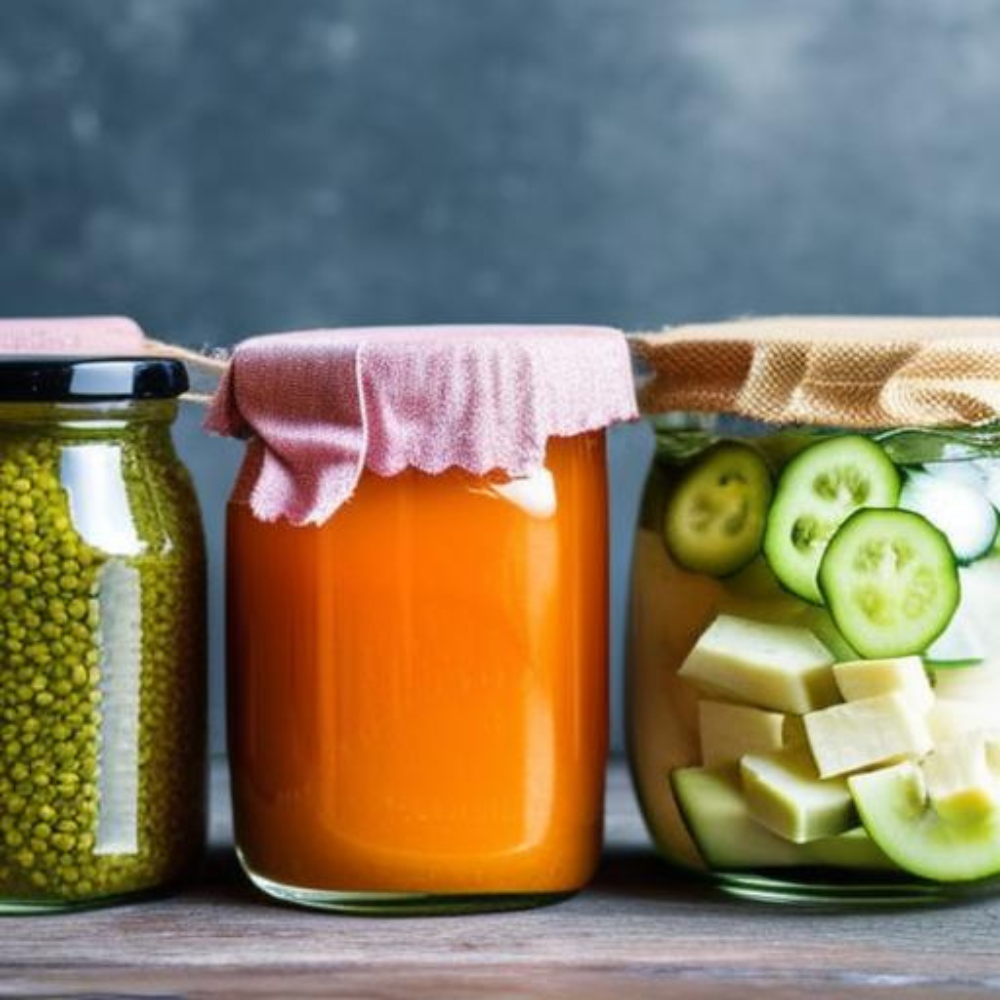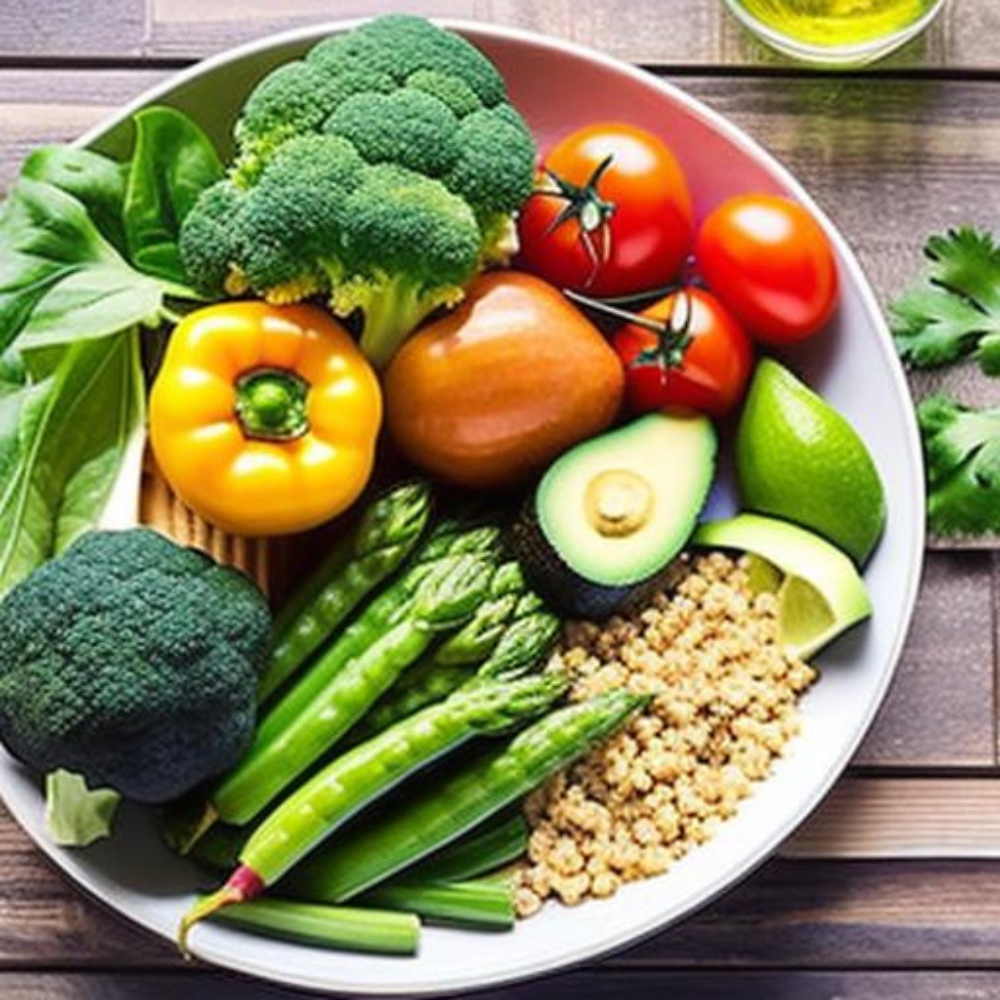Fermented foods have been consumed by humans for thousands of years and have become increasingly popular in recent years due to their numerous health benefits. Fermented foods are created by allowing bacteria and yeast to break down sugars and other compounds in food, resulting in a transformation of the food’s flavor and texture, as well as increased nutrient availability. In this article, we’ll explore the health benefits of fermented foods and provide some simple recipes for making them at home.
Health Benefits of Fermented Foods
- Improved Digestion: Fermented foods are rich in probiotics, or beneficial bacteria, which can improve digestion by restoring the natural balance of gut bacteria. Probiotics can also help alleviate symptoms of gastrointestinal disorders such as irritable bowel syndrome and inflammatory bowel disease.
- Increased Nutrient Availability: Fermentation can increase the availability of nutrients in food, such as B vitamins, vitamin K, and minerals like iron and zinc.
- Boosted Immune System: Probiotics can also help strengthen the immune system by promoting the production of antibodies and stimulating white blood cells.
- Reduced Inflammation: Fermented foods have been shown to have anti-inflammatory properties, which can help reduce the risk of chronic diseases such as heart disease, diabetes, and certain types of cancer.
How to Make Fermented Foods at Home
- Sauerkraut: Sauerkraut is a traditional fermented food made from shredded cabbage. To make it, shred one head of cabbage and mix it with 1 tablespoon of salt. Pack the mixture into a glass jar and cover it with a cloth or lid. Allow the mixture to ferment at room temperature for 1-2 weeks, or until it reaches the desired level of sourness.
- Kombucha: Kombucha is a fermented tea that is made by adding a SCOBY (symbiotic culture of bacteria and yeast) to sweetened tea. To make it, brew 4 cups of tea and dissolve 1 cup of sugar in the hot tea. Once the tea has cooled, add the SCOBY and cover the jar with a cloth or lid. Allow the mixture to ferment at room temperature for 7-14 days, or until it reaches the desired level of sweetness and tanginess.
- Kimchi: Kimchi is a spicy, fermented Korean side dish made from cabbage and other vegetables. To make it, shred 1 head of cabbage and mix it with 1 tablespoon of salt. Add chopped garlic, ginger, scallions, and chili flakes, and pack the mixture into a glass jar. Cover the jar with a cloth or lid and allow the mixture to ferment at room temperature for 1-2 weeks, or until it reaches the desired level of sourness and spiciness.
Conclusion
In conclusion, fermented foods are a delicious and nutritious addition to any diet. By incorporating fermented foods into your meals and making them at home, you can reap the many health benefits of probiotics and increased nutrient availability. Give these simple recipes a try and start enjoying the benefits of fermented foods today.





